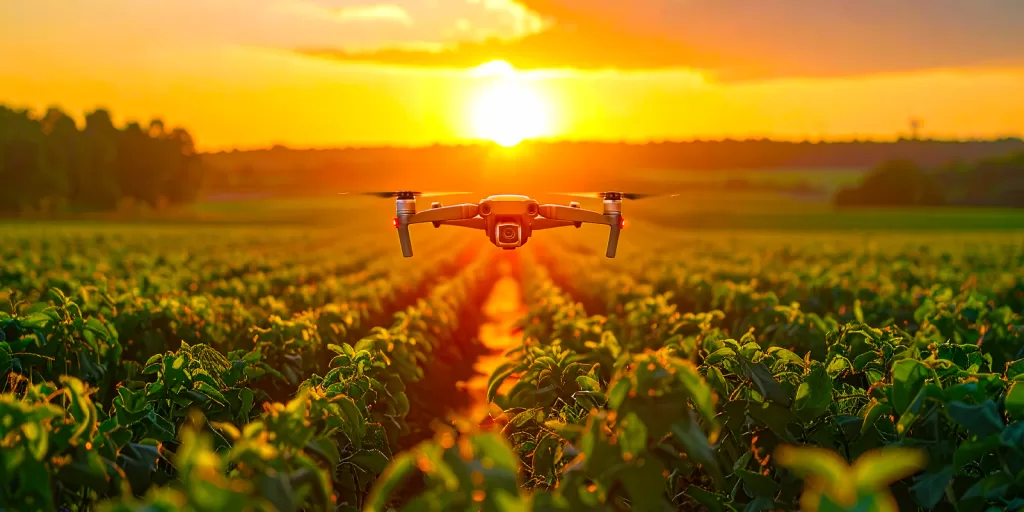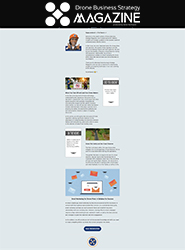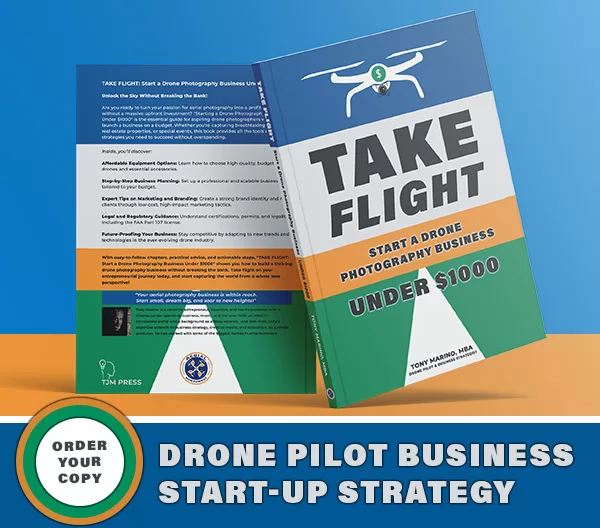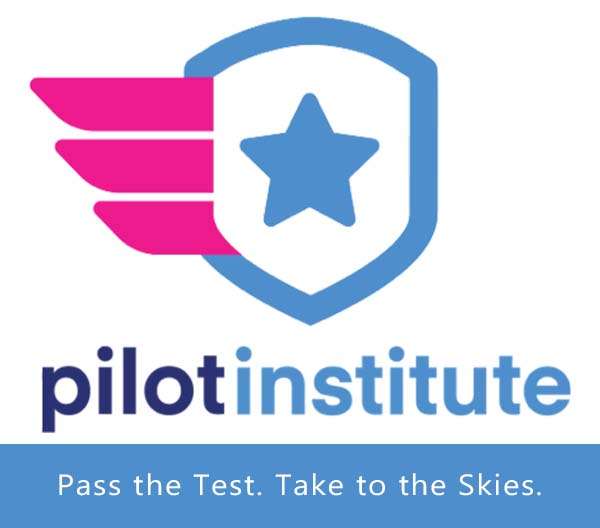
For drone pilots aiming to strategically plan for the upcoming year, 2026 presents a pivotal moment defined by accelerating market growth and crucial regulatory shifts, particularly in the realm of Beyond Visual Line of Sight (BVLOS) operations. Understanding these changes and focusing on high-growth sectors will be key to maximizing your potential.
Market Momentum: Massive Growth on the Horizon
The overall commercial drone sector is set for robust expansion in the mid-2020s, driven by increasing adoption across various industries.
- Commercial Value Forecasts: The global commercial drone market is estimated to reach between $13.7 billion and $40.5 billion (€11.3–33.6 billion) in 2025/2026. Polaris Market Research anticipates the commercial UAV market alone will surpass USD 15.62 billion by 2026. Separately, the small drone market is expected to increase to USD 22.55 billion by 2026.
- Delivery Sector Boom: The delivery drones market, crucial for urban operations, is poised for exponential growth, expanding at a CAGR of 42.90% during the forecast period (2025-2032). The delivery drone market is forecasted globally to reach $1.1 billion to $1.2 billion in 2025.
- Infrastructure Investment: While vehicles often receive the majority of attention, investment in essential infrastructure (heliports, vertiports, mega-ports, and air traffic management) is forecasted to require over $30 billion (€25 billion) in capital between 2019 and 2040, demonstrating the long-term seriousness of this sector.
Regulatory Crossroads: The BVLOS Shift in 2026
For commercial drone pilots, particularly those in North America, the expected finalization of the FAA’s BVLOS rule (Part 108) in early 2026 will fundamentally change how large-scale, routine operations are conducted.
The FAA’s long-awaited Notice of Proposed Rulemaking (NPRM) on BVLOS operations, also known as Part 108, was released in August 2025. This proposed rule aims to create a standardized regulatory framework to enable routine and scalable BVLOS operations, replacing the cumbersome system of applying for individual waivers. The final rule is anticipated in the first quarter of 2026, fulfilling an executive order directive.
Key Impacts of Part 108 for Operators:
- End of Part 107 Waivers: The proposed Part 108 framework would eliminate existing Part 107 BVLOS waivers, meaning operations must transition to the new Part 108 regulations.
- Focus on Autonomy: The proposal emphasizes the use of fully autonomous drones using pre-programmed flight paths, leaving little room for a “pilot in the loop” operation commonly seen today under Part 107 waivers.
- Corporate Responsibility: The responsibility for compliance under Part 108 shifts from the individual pilot (as in Part 107) to the operating entity (the company), which must ensure staff are properly trained and procedures are followed.
- Operations Supervisors and Coordinators: New roles such as the operations supervisor (responsible for the overall safety and security of the operation) and the flight coordinator (who directs the flight if required by the manufacturer’s operating instructions) are defined.
- Recurrent Training: Operators holding an operating permit or certificate under Part 108 must ensure that operations personnel receive appropriate knowledge and skills training at least every 24 months.
While this new rule provides needed predictability, many industry leaders, including the Commercial Drone Alliance (CDA), argue that the NPRM, if finalized as written, would impose unnecessarily restrictive requirements, potentially imperiling the growth of the U.S. drone sector by narrowing the airspace available for BVLOS operations.
Strategic Takeaway: Pilots must monitor the final Part 108 rule closely in Q1 2026 and prepare for a highly automated and standards-driven regulatory environment. Training in advanced operational management and ensuring compliance at the organizational level will be critical to staying competitive.
High-Potential Use Cases for Strategic Focus
As an individual pilot or small drone service business, focusing on proven, high-growth applications is paramount:
1. Surveying, Inspection, and Maintenance
This remains the most mature market segment.
- Market Size: The global market size for Surveying, Mapping, Monitoring, Inspection, and Maintenance is forecasted to reach nearly $22 billion to $24 billion (€17.5 billion – €19.9 billion) in 2025.
- Benefits: Drones in this field offer significant safety improvements by replacing humans for hazardous tasks (e.g., wind turbines or tall buildings) and potentially lead to reduced accident rates.
- Strategic Action: Pilots specializing in this sector should enhance their capabilities using advanced payload equipment and focus on generating high-quality data analysis. The market is already highly profitable.
2. Last-Mile Goods Delivery (The Humanitarian Angle)
Goods delivery is a high-growth area, driven by e-commerce and logistics companies.
- Market Growth: The last-mile goods delivery segment is forecasted to generate $8 billion (€6.6 billion) profit by 2030, with McKinsey projecting profitability starting around that year.
- Public Acceptance as an Entry Point: Use cases demonstrating clear social benefits, such as medical or humanitarian support (e.g., delivering medical supplies and vaccines), have significantly greater public acceptance. Many prospective European UAM deployments are initially focusing on goods delivery, particularly medical supplies.
- Strategic Action: Targeting contracts or partnerships focused on socially beneficial services (e.g., medical delivery logistics) can help overcome potential public perception barriers often associated with drone usage for private gain.
3. Public Safety and Security
The Public Safety and Security (PSS) sector includes operations such as police first response, firefighting, and surveillance.
- Fleet Size (Europe): In Europe, 60,000 drones are forecasted to be deployed in the PSS sector by 2035, although this number is expected to slightly decline to 50,000 by 2050 as centralization increases.
- Societal Benefits: Emergency Service drones offer the widest range of societal benefits, including improving public security and saving lives.
- Strategic Action: Pilots should seek specialized training in drone use for first response, surveillance, and crisis management, as this sector aligns well with public funding and societal priorities.
Technological Edge: Skills for the Future
To remain competitive in 2026, pilots must align their technical skills with emerging trends that enable scalable, BVLOS operations:
- Hybrid and Sustainable Power: There is an increased focus on vehicles using batteries, hydrogen fuel cells, and electric hybrids to extend range limits. The hybrid drone segment, favored for its agility and endurance, is expected to develop at the fastest CAGR in the delivery market.
- AI and Autonomous Systems: Advancements in AI and automation are enhancing drone functionality. The ability to fly autonomously using sense-and-avoid technology and contingency protocols is critical for the scalability of delivery and surveillance operations, particularly for achieving a 1-to-many operation ratio (one pilot managing multiple drones).
- Connectivity and Data Management: High-speed communication infrastructure is essential. The next generation of 5G networks is expected to address data rate and latency issues, supporting long-distance, BVLOS operations and ultra-precise navigation. Furthermore, cybersecurity policies are required under the proposed Part 108 rule to prevent manipulation of command-and-control systems.
Maximizing Earning Potential
The job outlook remains promising, but specialization is key to higher earnings:
- Specialization Pays: Focusing on a niche allows pilots to become experts, leading to higher-paying jobs. While average salaries fluctuate, pilots in the Film and Television industry can earn up to $100,000 per year.
- Continuing Education: Staying current with technological advancements and obtaining additional certifications enhances marketability. Pilots operating in the BVLOS environment must be prepared for rigorous, customized training on the specific make and model of the UAS they operate, covering weather effects, crew resource management, communications procedures, and strategic/tactical risk mitigation.
Takeaway
In summary, 2026 is set to be a year where regulatory clarity, particularly in the US BVLOS sector, drives large-scale commercial deployment. Drone pilots who invest in training related to autonomous flight management, hybrid systems, and niche applications like inspection/surveying or socially beneficial delivery will be best positioned to capitalize on this growing market potential.
If you have any questions, let us know! If you’d like to hire us, you can get more information here.
Written by: Tony Marino, MBA – FAA Certified Part 107 Commercial Drone Pilot and Chief Business Strategist at Aerial Northwest
Disclaimer: The information provided in this blog post is for general informational purposes only and should not be construed as legal advice.
Resources
FAA Resources: FAA DroneZone
TFR Info: TRF Info
Article: What Does it Mean to Decode the Drone Industry?
Article: Pitch Perfect: Guide for Drone Pilots to Get Jobs
References
Department of Transportation, Federal Aviation Administration, & Transportation Security Administration. (2025, August 7). Normalizing unmanned aircraft systems beyond visual line of sight operations (Proposed Rule). Federal Register, 90(153), 38212–38391.
Delivery Drones Market Opportunities, Share, and Forecast 2025–2032. (n.d.).
Drone Business Strategy Magazine. (n.d.). Drone pilot job outlook and salary expectations 2025.
Drone Industry Insights. (2020). Drone market report 2020–2025. (Cited in European Investment Bank & European Commission, 2021).
European Investment Bank, & European Commission. (2021). A market assessment report on the urban air mobility sector (Final Report). EIB Advisory Hub.
Karp, A. (2025, October 22). BVLOS NPRM comments challenge FAA to make significant Part 108 changes. Commercial UAV News.
McKinsey & Company. (2019). Air-mobility solutions: What they’ll need to take off.
Polaris Market Research. (n.d.). Commercial UAV market to reach USD15.62 billion by 2026.
Porsche Consulting. (2018). The future of vertical mobility: Sizing the market for passenger, inspection, and goods services until 2035.
Starting Your Own Drone Service Business
Pick up your copy today on Amazon and wherever fine books are sold.

DRONE BUSINESS STRATEGY MAGAZINE
A free digital publication made exclusively for all small business drone pilots to them help start-up, become profitable while sustaining a competitive advantage within the drone service industry sector they opt to serve.
“If you love to fly, we’d love to have you come aboard!”
We share your information with no one. Our Privacy Policy.










1 Comment
Leave your reply.